By Kim Polyniak
Integration of acute care and specialty programs goes off without a hitch
It’s a Tuesday in early September at the Johns Hopkins Bayview Medical Center specialty hospital programs. At 7:59 a.m., Betty Kaiser, RN, a nurse on the ventilator/complex medical unit, sees patients on the floor, awaiting the change to come. “You anticipate something new,” she says. “That’s always exciting.” In 60 seconds, a new technology will launch, ushering in a modern era in patient care for the three-unit facility. The switch is just one phase of the integration of the specialty hospital programs and the nearby acute care hospital on the same campus.
After the closing of the skilled nursing facility program last year, the name Johns Hopkins Bayview Care Center was changed to specialty hospital programs. The move left 80 patient beds in the facility’s rehabilitation, ventilator/complex medical, and behavioral medical programs. It was then that the idea of integration took shape.
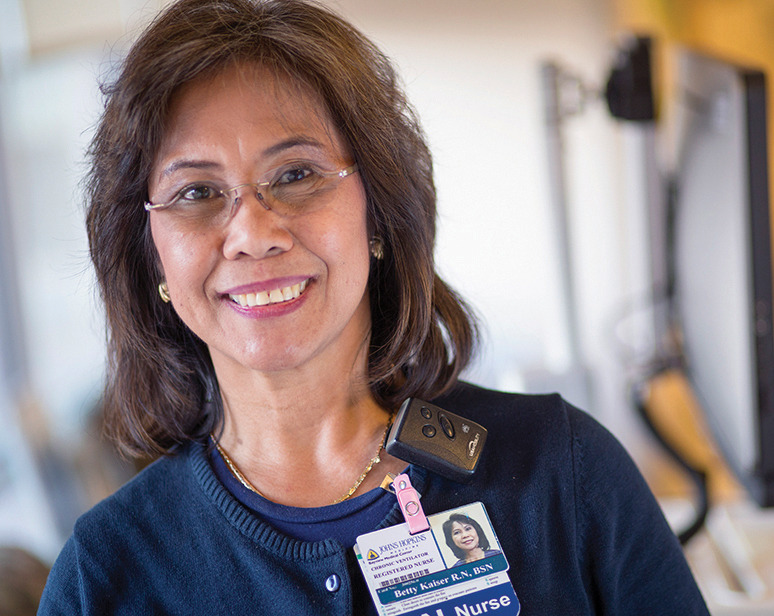
Betty Kaiser
The first step was restructuring eight departments at the specialty hospital, including nursing administration and nursing/clinical units, into the acute hospital organizational structure. “All of these people who have done things a certain way for so many years had to get used to new bosses, and new bosses had to get used to them and how they were operating,” says Barbara Feege, MBA, director of finance, of the four-month process.
After the closing of the skilled nursing facility program last year, the name Johns Hopkins Bayview Care Center was changed to specialty hospital programs. The move left 80 patient beds in the facility’s rehabilitation, ventilator/complex medical, and behavioral medical programs. It was then that the idea of integration took shape.
The first step was restructuring eight departments at the specialty hospital, including nursing administration and nursing/clinical units, into the acute hospital organizational structure. “All of these people who have done things a certain way for so many years had to get used to new bosses, and new bosses had to get used to them and how they were operating,” says Barbara Feege, MBA, director of finance, of the four-month process.
The decision was also made to introduce MEDITECH, the electronic medical record (EMR) system at Johns Hopkins Bayview. Previously, the specialty hospital programs employed a paper-and-pencil method. The transition to MEDITECH was seen as “the better quality, the better safety, the better communication,” says John M. Preto, MS, RN, director of nursing for Medicine. Physicians, nurses, and medical staff could share patient information and coordinate care with the acute hospital. Staff members would also become familiar with an electronic system before a planned shift to Epic, the EMR for the Johns Hopkins Health System, in December 2015.
With MEDITECH, the specialty hospital programs could also now go through the acute hospital’s pharmacy. PYXIS machines (automatic medication dispensers) and work stations on wheels, or WOWs (a computer with a wand to scan barcodes on patients’ bracelets for medication verification), were added to units. Teams from departments at both locations deciphered workflows to ensure no issues arose—in some cases untangling conflicting methods. Says Peg Richards, MSN, RN, NEA-BC, director of nursing, specialty hospital programs, “We had to sit down and say, ‘Was there a good reason why we were doing it differently?’ And if there wasn’t—which in most cases, that’s what it was—then we just adopted the hospital’s methodology.”
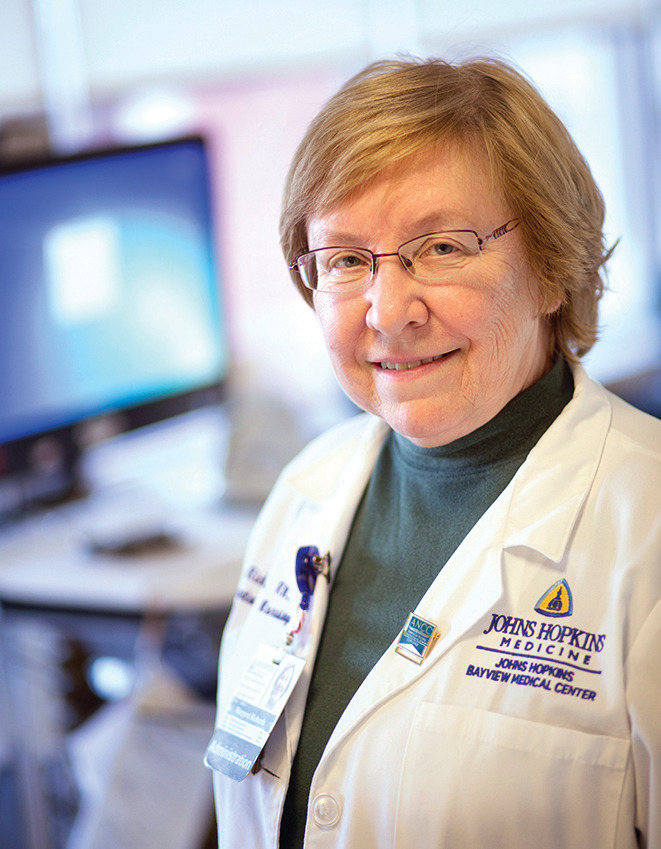
Peg Richards
After months of planning and preparation, including staff training and $650,000 in capital costs, MEDITECH officially launched at 8 a.m. on September 9. “We had no major problems,” Richards says. “Nothing broke down. Everybody worked together.”
Staff members quickly discovered the benefits of the merger. “I’d say the biggest thing is the safety, having the MEDITECH and the bedside medication verification and the PYXIS machines cut down on medication errors,” Richards says.
“We had to sit down and say, ‘Was there a good reason why we were doing it differently?’ And if there wasn’t–which in most cases, that’s what it was–then we just adopted the hospital’s methodology.”
– Peg Richards, MSN, RN, NEA-BC
In January, the next phase of the integration takes place. Patient care coordinators, or nursing supervisors, and the float pool at both locations will combine to increase efficiency. Nurses will “have a larger pool, more options to meet staffing needs, because now they’re integrated,” explains Andrew Magalee, MS, RN, director of nursing for staffing and resource management.
For now, Betty Kaiser says she, like other nurses, is becoming familiar with the new technology. She also feels the integration has created a deeper connection with the acute hospital. “We feel like we are just one family,” she says.
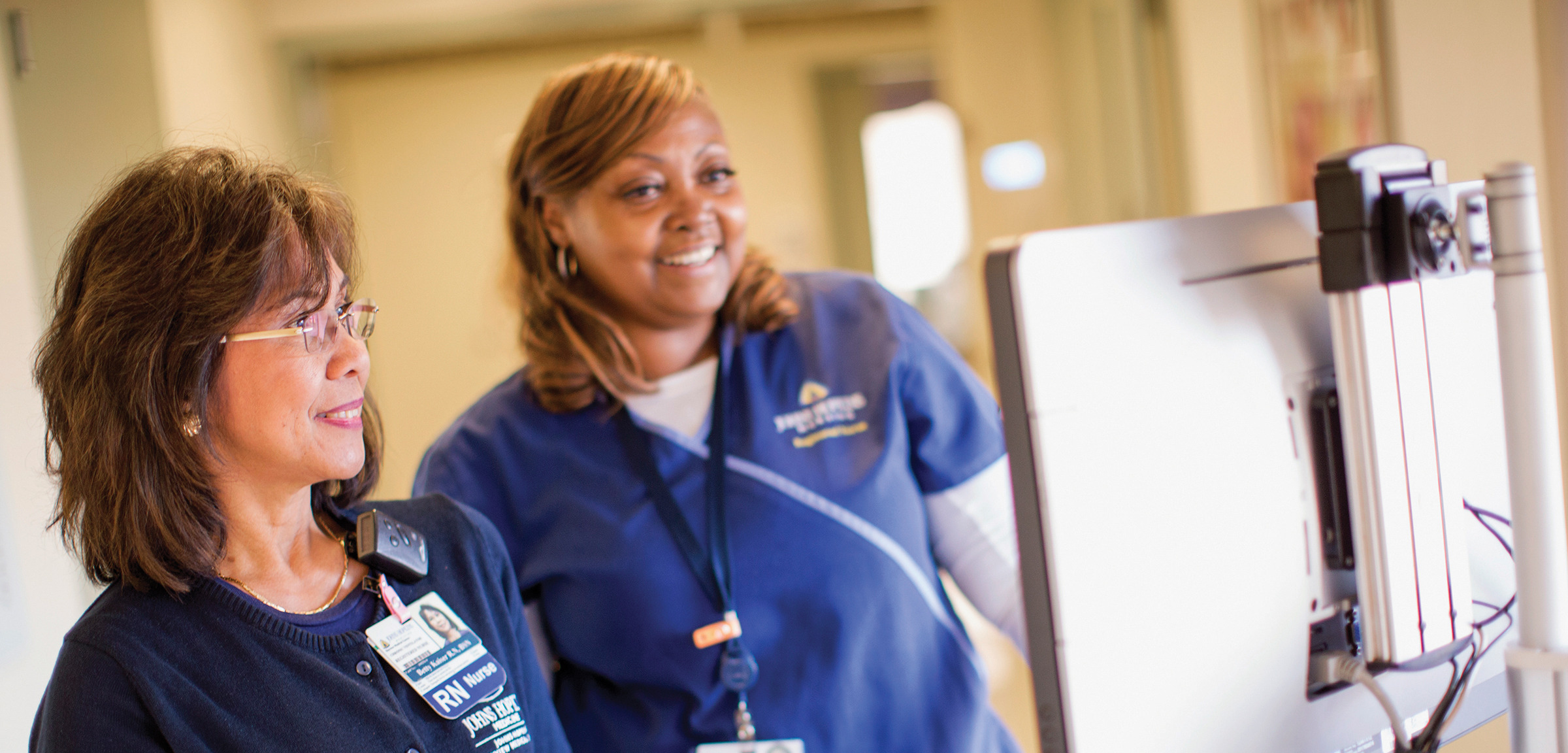
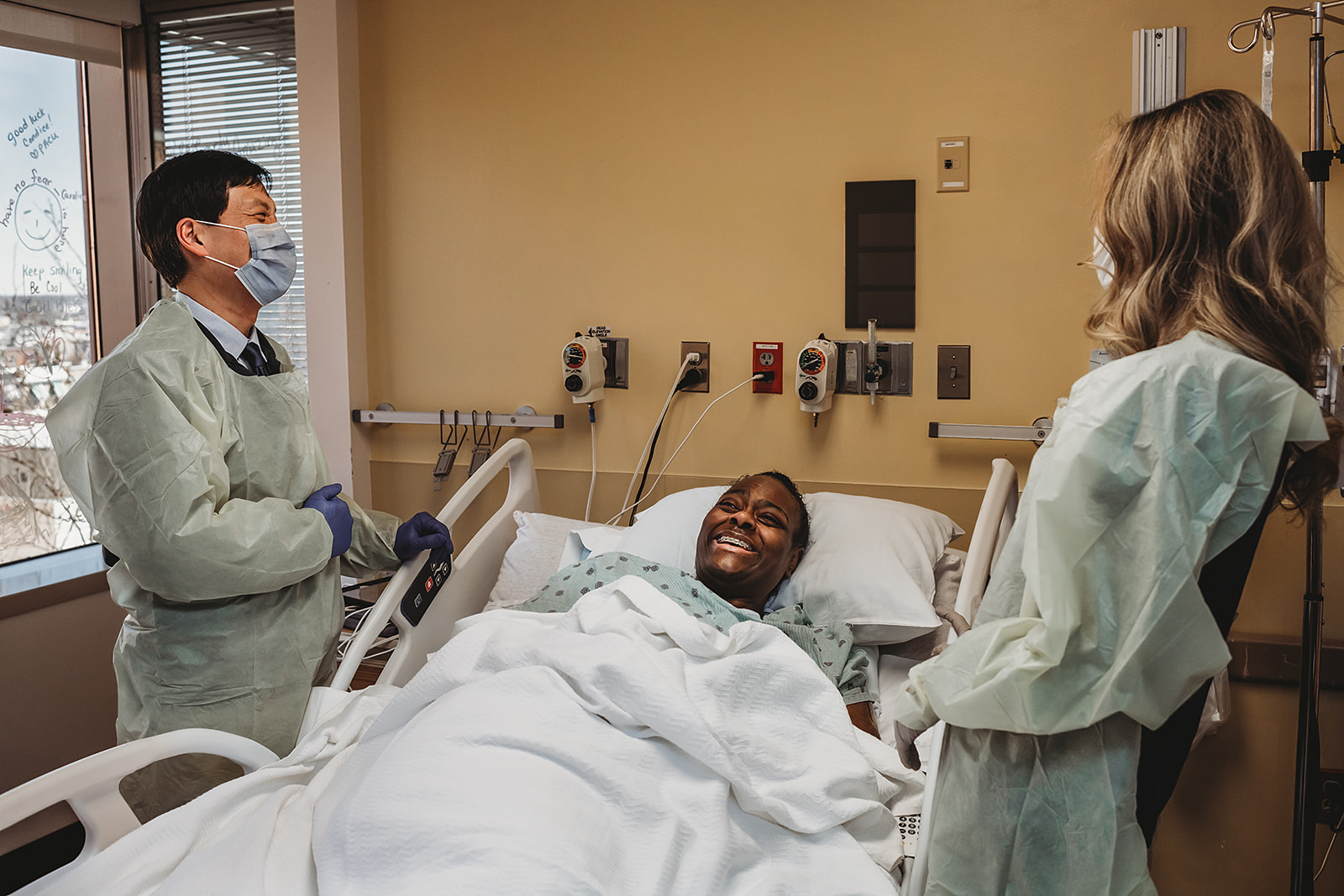 ‘Helpful, Powerful, Kind’ Palliative Care
‘Helpful, Powerful, Kind’ Palliative Care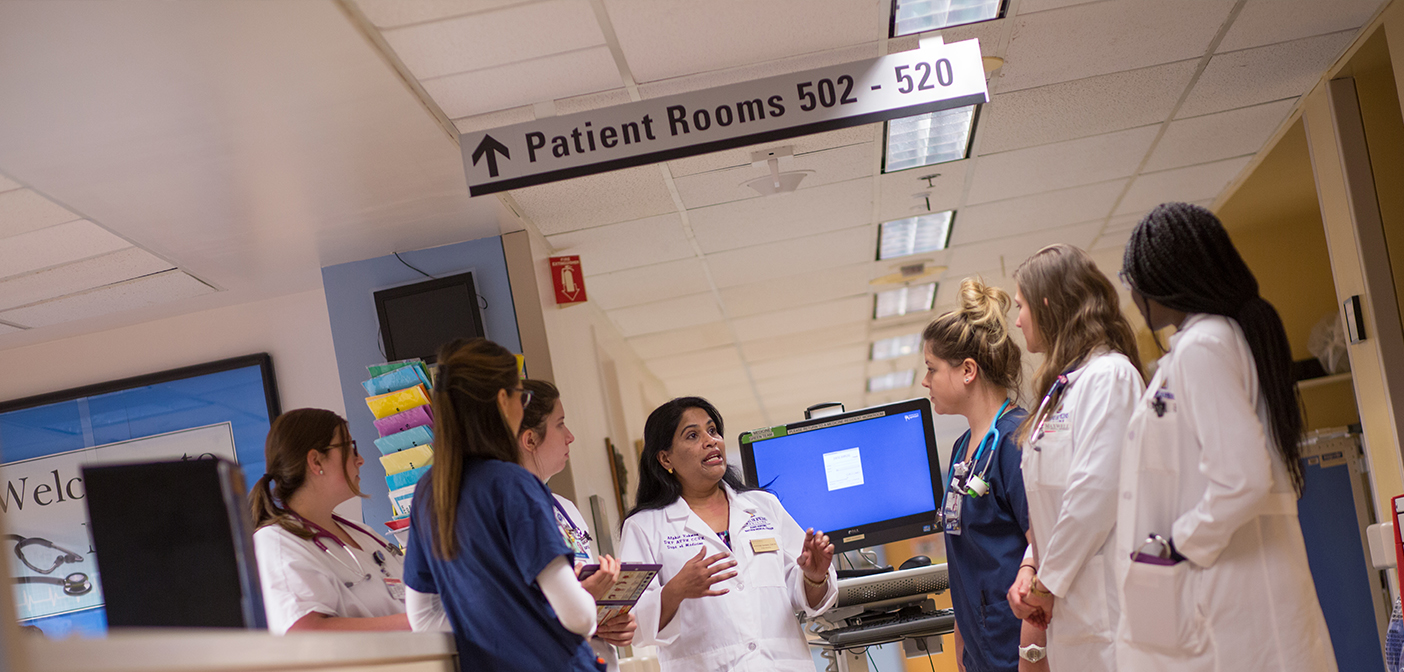 Breaking Barriers
Breaking Barriers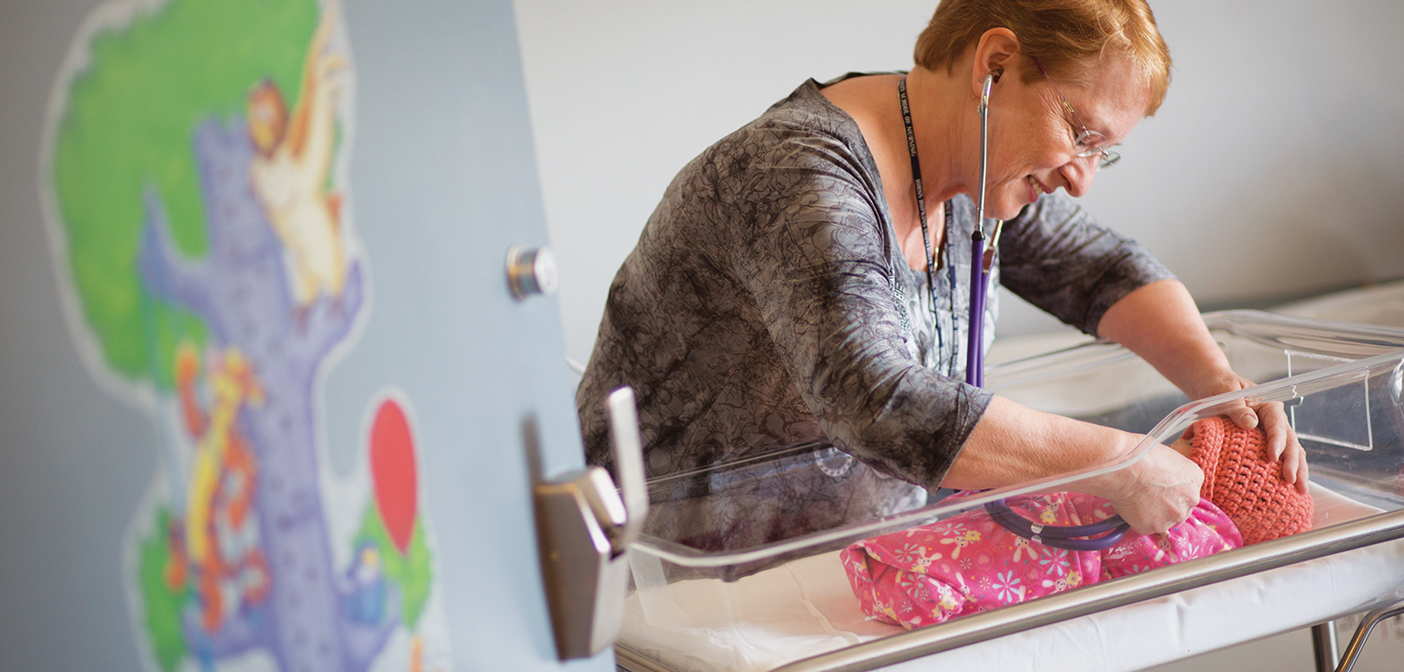 Pregnant Pause
Pregnant Pause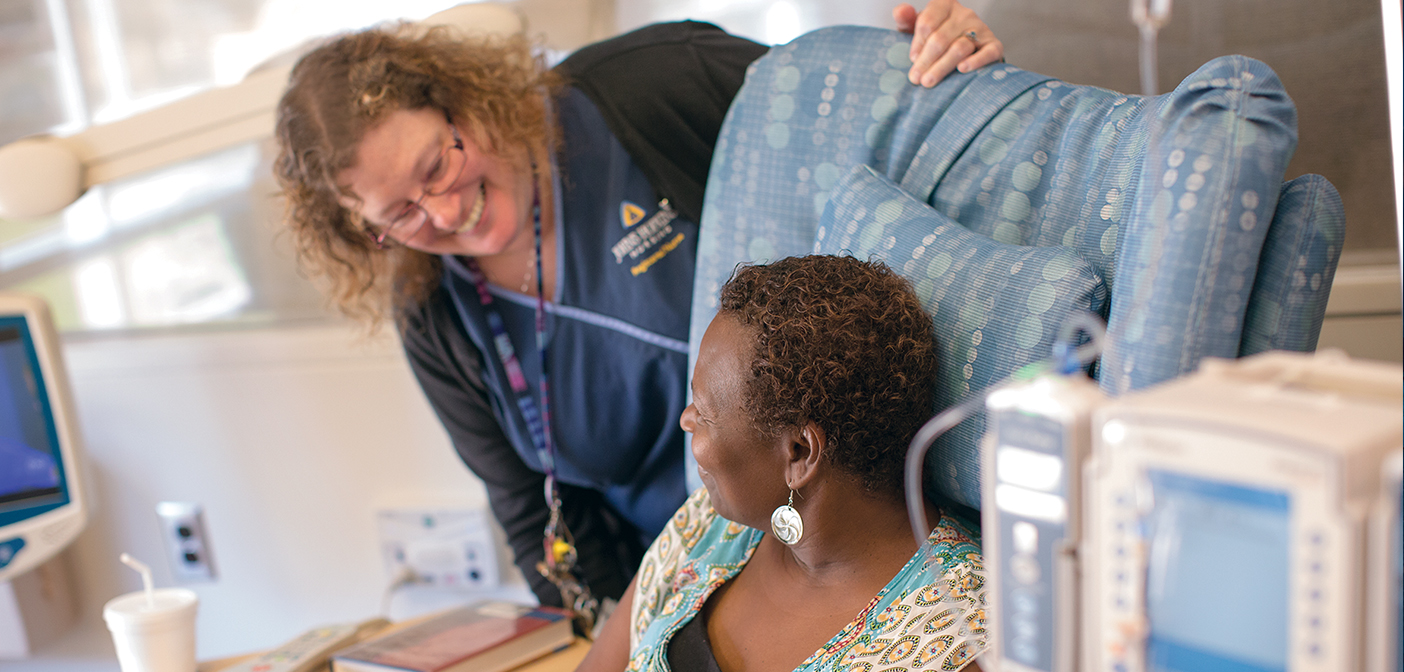 In Your Own World
In Your Own World Bayview’s Journey of Improvement
Bayview’s Journey of Improvement







